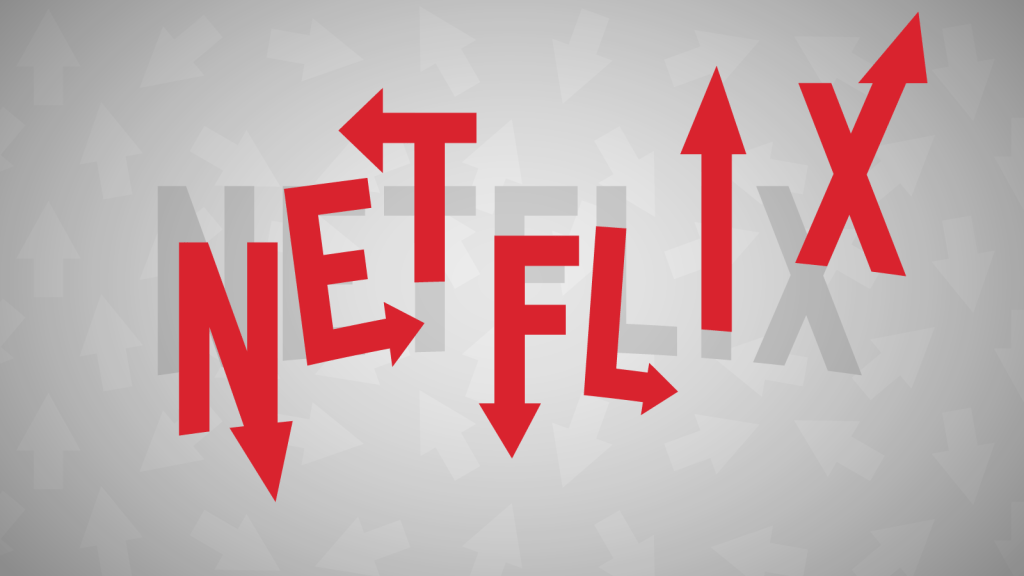Netflix has a bandwidth problem. It currently represents 36.5 percent of U.S. Internet traffic and it’s going to increase as 4K becomes more popular, and LTE and fiber Internet improve. As Variety reported, the company is taking a first step by re-encoding its entire catalog with more granular bitrates. This move should lead to 20 percent in bandwidth savings.
Here’s the company’s reasoning. Depending on the type of content that you watch, Netflix shouldn’t use the same bitrate for everything. For instance, an episode of The Simpsons with its limited color palette and camera movements doesn’t need the same bitrate as The Hunger Games.
The company has worked with researchers at the University of Southern California, the University of Nantes and the UT Austin to come up with an algorithm that scans each episode or movie to determine its complexity. On average, a 1080p Simpsons episode will be much smaller than 22 minutes of The Hunger Games in 1080p. It means that more people will be able to stream movies and TV shows in HD without any noticeable loss in quality.
This is great news for everyone. Netflix will get a cheaper bandwidth bill, ISP networks won’t get as clogged up during peak hours and customers could save on their data plans or watch more stuff in HD.
It’s going to take months to convert the entire catalog to the new bitrates. If Netflix does it properly, you shouldn’t see much difference.
And yet, this is small compared to other potential bandwidth saving solutions. In particular, companies have been looking into combining peer-to-peer technology with traditional server-to-client downloads.
In other words, in addition to streaming content from Netflix’s AWS servers, your browser or app would also download part of the movie from other users watching the exact same movie at the exact same time.
This isn’t science fiction. WebTorrent is a BitTorrent client for your browser. It leverages WebRTC and JavaScript and doesn’t require any extension or plugin. You can visit WebTorrent’s website and see the video demo — this video is streamed from other visitors using BitTorrent in your browser.
And including peer-to-peer into Netflix apps is even easier as you don’t have to fight with different browser as they don’t all support WebRTC just yet. For example, you could imagine that someone watching an episode of Jessica Jones on their iPad could download and upload their file if they’re on a WiFi network.
There are some challenges. For instance, Netflix has multiple versions of the same TV show with different resolutions and bitrates. It would fragment the user base a bit, but I’m sure many are currently watching Jessica Jones in all resolutions.
And this is key to understanding how peer-to-peer could help Netflix. Like many Internet services, Netflix suffers from the long tail effect and peak hour traffic. Every night, a majority of the user base streams a small minority of the content library — en masse.
Peer-to-peer becomes more effective for this small number of popular movies and TV shows during peak hours. And they also represent a significant portion of the bandwidth costs — it’s a win-win.
And it turns out that Netflix has been hiring peer-to-peer engineers as TorrentFreak reported in May 2015. “Our team is evaluating up-and-coming content distribution technologies, and we are seeking a highly talented senior engineer to grow the knowledge base in the area of peer-to-peer technologies and lead the technology design and prototyping effort,” one application read.
You may remember that Spotify has been using peer-to-peer technology for years. The music streaming service dropped peer-to-peer support from its desktop client last year. But this isn’t the same market. A song is a few megabytes while a movie is a few gigabytes.
Spotify caches a lot of songs on your computer and phone to save bandwidth already, that’s why peer-to-peer doesn’t necessarily make sense anymore for a music streaming service. As for Netflix? It would be a major technology leap for the company.































Comment